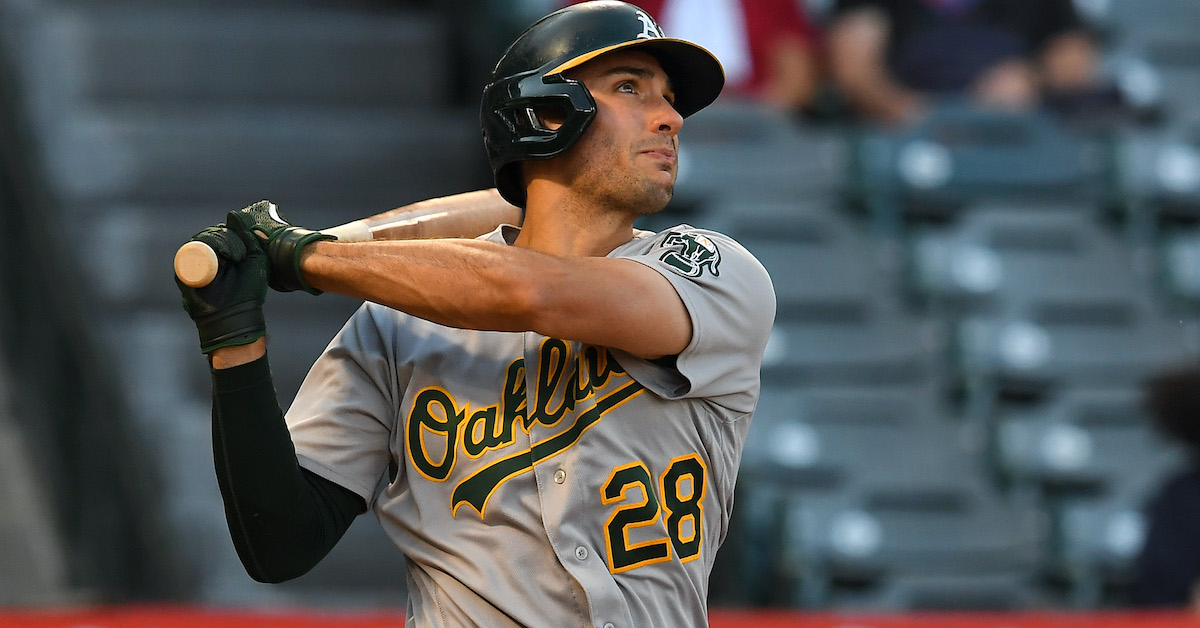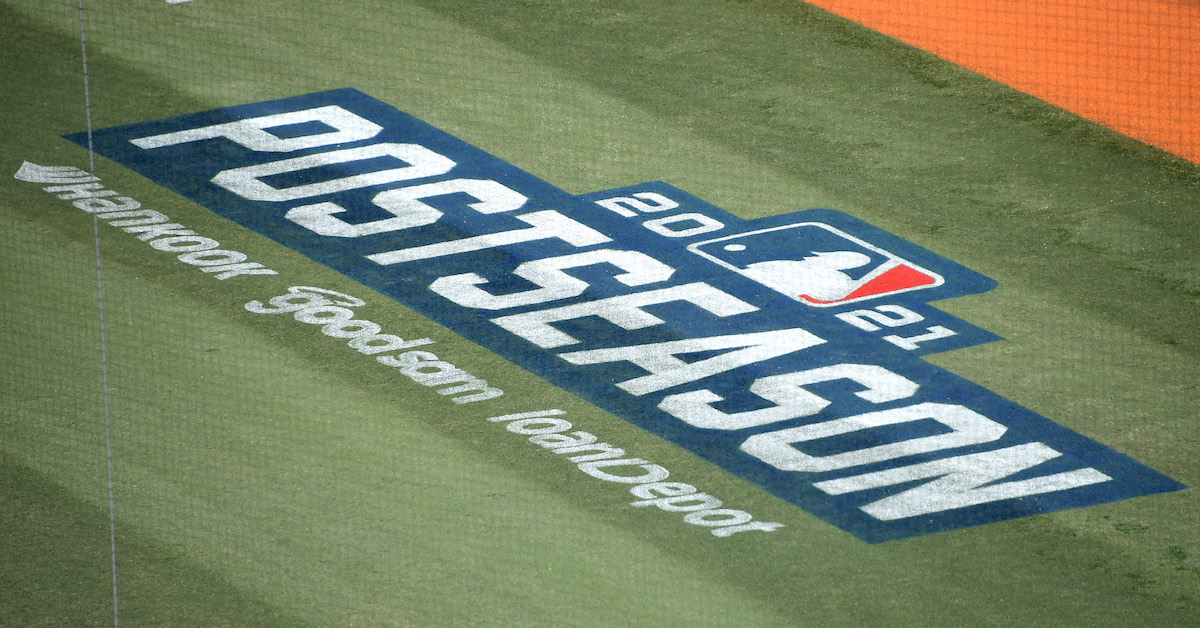The Padres Plan to Voit Early, Voit Often

After a relatively tame offseason, the Padres finally were able to close the deal on a transaction, picking up 1B/DH Luke Voit from the Yankees for minor league pitcher Justin Lange. The 31-year-old Voit, a Cinderella story just a few years ago after heading to New York for Giovanny Gallegos, had his worst season in pinstripes in 2021, hitting .239/.328/.437 and limited to 68 games due to a partial meniscus tear in his left knee. A fifth-round pick in 2020, Lange made his professional debut in the Florida Complex League in 2021, striking out a healthy 12 batters per nine over 22 innings but also walking a less-than-healthy six batters per game.
San Diego’s front office has been aware of the team’s significant weaknesses at the offense-first positions, expressing interest in Michael Conforto and Kris Bryant and said to be thick in the hunt for Seiya Suzuki and Freddie Freeman. The only problem is that, similar to their experience at the trade deadline, the Padres have come up short for their efforts. This winter’s only significant outfield pickup, Nomar Mazara, is not exactly who you want to see start a season high on the depth chart if you’re a would-be contender. And with first base and the outfield corners already not strengths, it’s hard to imagine the Padres being happy about the designated hitter becoming universal in 2022, leaving them scrambling to fill another offensive position. There’s no realistic contender, at least according to our projections, that had a less enviable 1B/LF/RF/DH situation.
| Team | 1B | LF | RF | DH | Total WAR |
|---|---|---|---|---|---|
| Pirates | 0.7 | 1.2 | 0.6 | 0.6 | 3.1 |
| Reds | 1.9 | 0.6 | 0.9 | -0.1 | 3.3 |
| Rockies | 1.9 | 1.0 | 0.8 | 0.4 | 4.1 |
| Padres | 1.1 | 0.4 | 1.2 | 1.6 | 4.3 |
| Athletics | 0.8 | 1.1 | 2.3 | 0.2 | 4.4 |
| Diamondbacks | 1.1 | 1.7 | 1.2 | 0.6 | 4.6 |
| Royals | 1.3 | 2.2 | 1.6 | 1.2 | 6.3 |
| Tigers | 2.6 | 2.0 | 1.8 | 0.0 | 6.4 |
| Rangers | 2.4 | 1.1 | 1.6 | 1.4 | 6.5 |
| Twins | 1.5 | 1.1 | 3.0 | 1.0 | 6.6 |
| Red Sox | 1.5 | 1.8 | 1.5 | 2.0 | 6.8 |
| Orioles | 1.9 | 1.7 | 1.7 | 1.5 | 6.8 |
| Guardians | 0.9 | 1.9 | 1.6 | 2.5 | 6.9 |
| Marlins | 1.7 | 2.1 | 2.0 | 1.1 | 6.9 |
| Brewers | 1.2 | 3.0 | 1.8 | 1.0 | 7.0 |
| Giants | 2.5 | 1.8 | 1.9 | 1.1 | 7.3 |
| Cubs | 1.3 | 2.3 | 3.6 | 1.0 | 8.2 |
| White Sox | 2.4 | 2.6 | 1.8 | 1.8 | 8.6 |
| Rays | 1.9 | 2.8 | 2.3 | 2.2 | 9.2 |
| Braves | 4.4 | 1.8 | 2.2 | 1.7 | 10.1 |
| Mets | 3.6 | 2.3 | 3.4 | 0.9 | 10.2 |
| Cardinals | 3.5 | 3.9 | 2.5 | 0.7 | 10.6 |
| Mariners | 2.6 | 3.4 | 3.4 | 1.4 | 10.8 |
| Phillies | 2.8 | 1.4 | 4.8 | 1.8 | 10.8 |
| Blue Jays | 6.0 | 1.8 | 1.5 | 1.8 | 11.1 |
| Nationals | 2.2 | 0.7 | 7.0 | 1.8 | 11.7 |
| Angels | 2.8 | 3.9 | 1.8 | 3.9 | 12.4 |
| Astros | 2.0 | 2.7 | 4.9 | 4.4 | 14.0 |
| Dodgers | 4.7 | 2.3 | 5.5 | 3.1 | 15.6 |
| Yankees | 3.3 | 4.3 | 5.9 | 3.1 | 16.6 |
Relative to the Dodgers at these positions, the Friars start off 11 wins in the red. With the team reportedly not feeling all tingly about the possibility of Nick Castellanos and the league’s top trade target here, Matt Olson, already off the board, the Padres were quickly running out of options to chip away at some of this deficit. But the Anthony Rizzo signing provided a new opportunity, as it had the effect of removing any real path for Voit to get playing time in New York. Read the rest of this entry »









